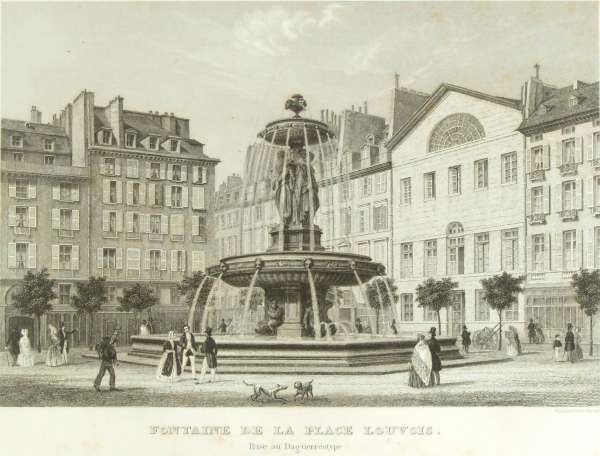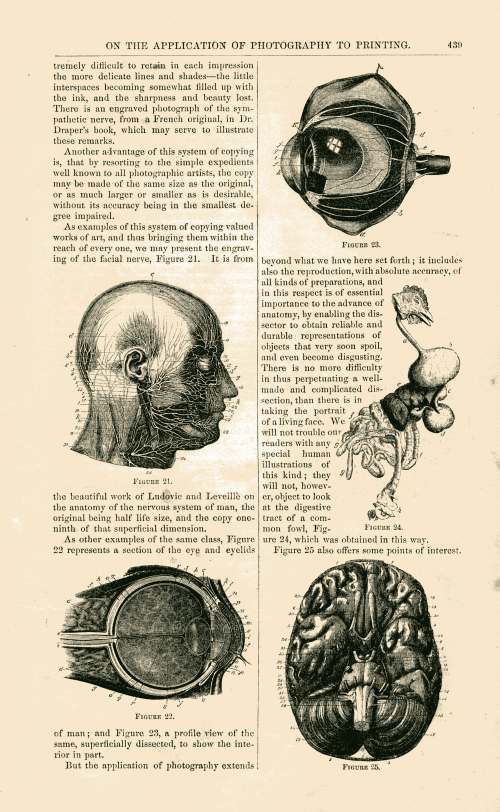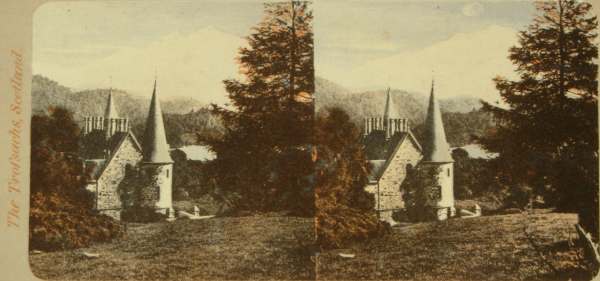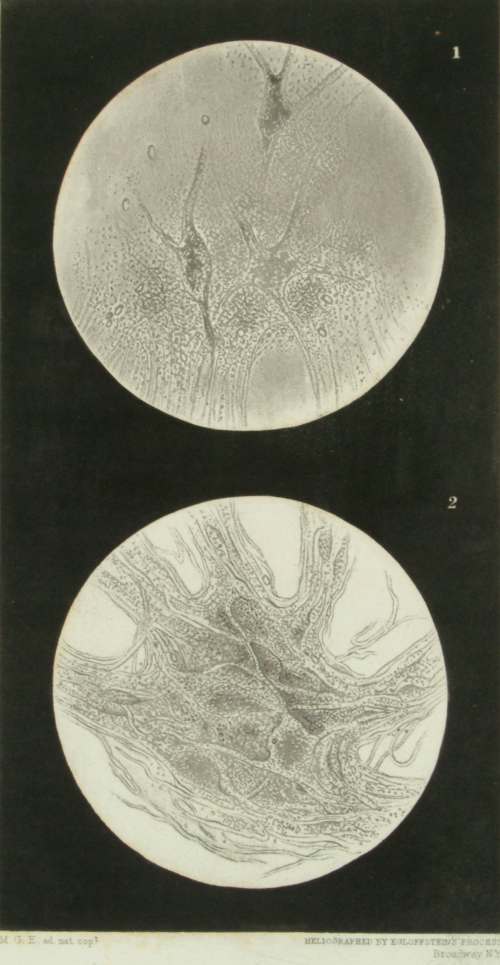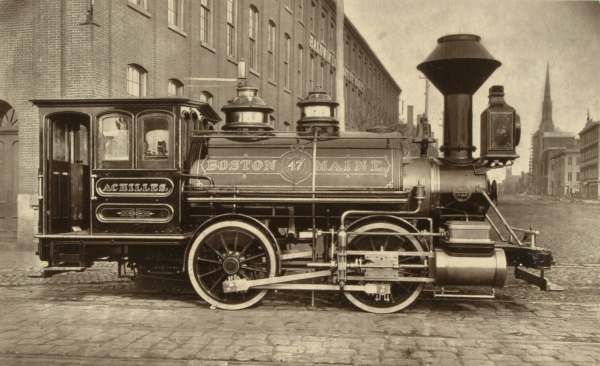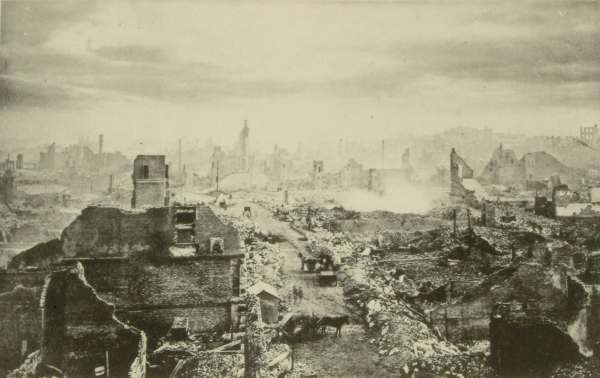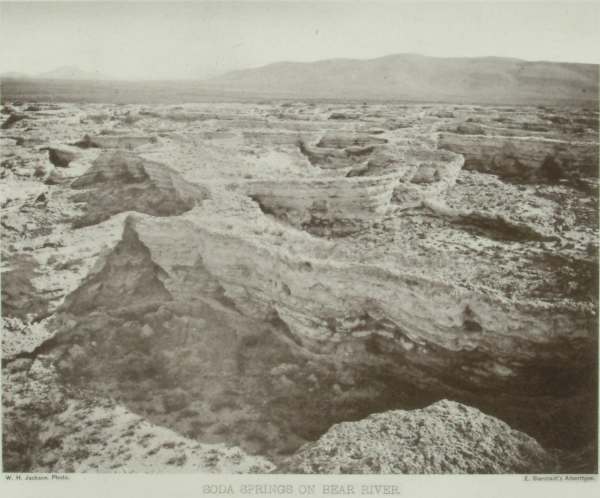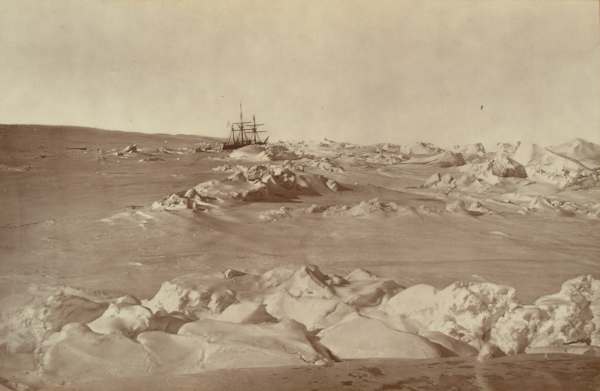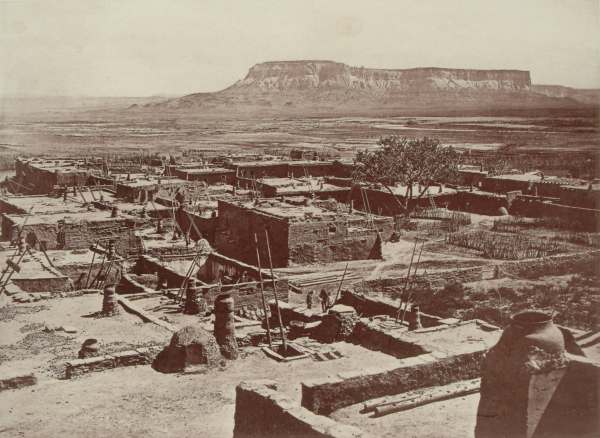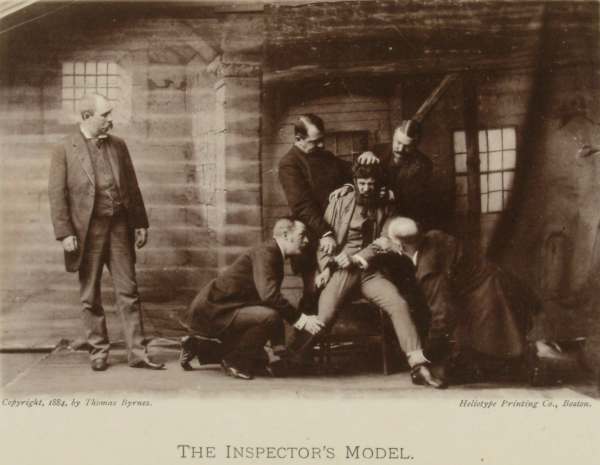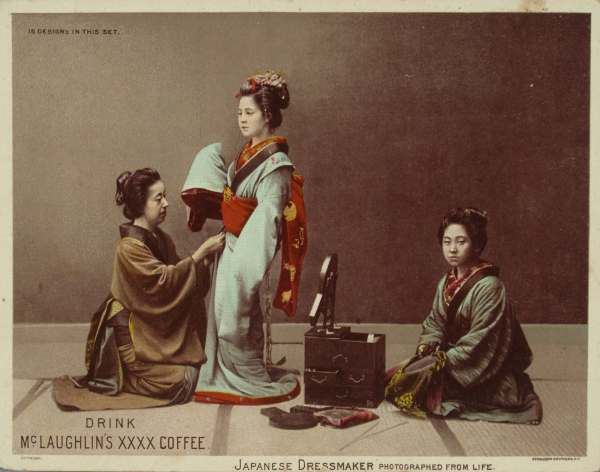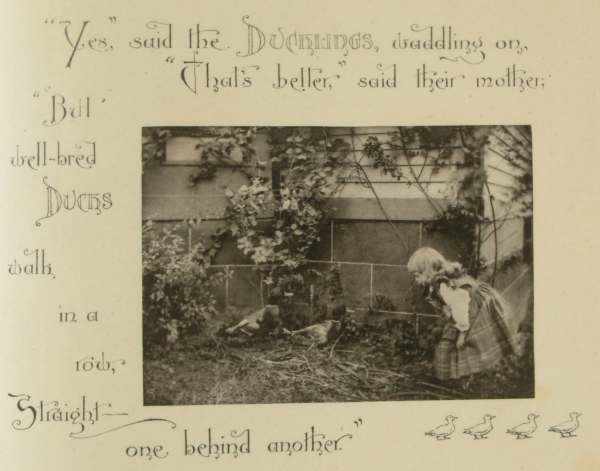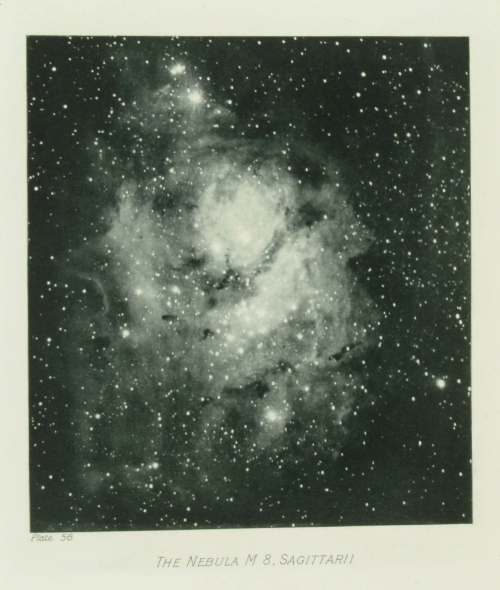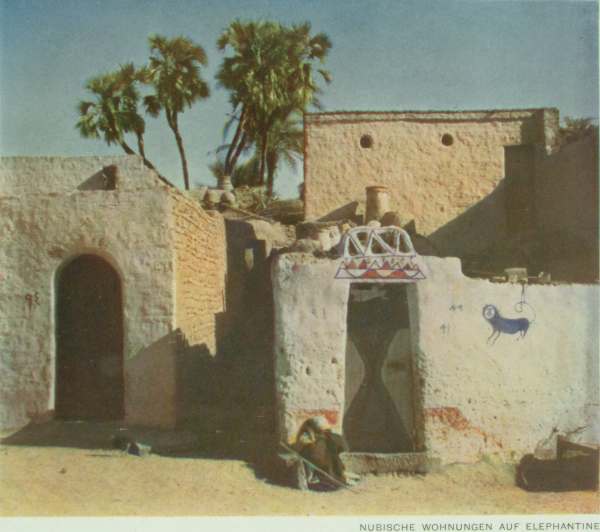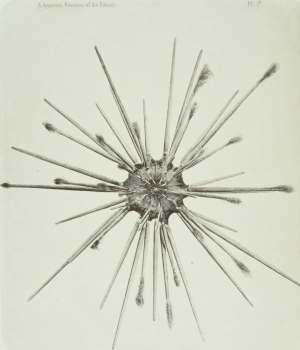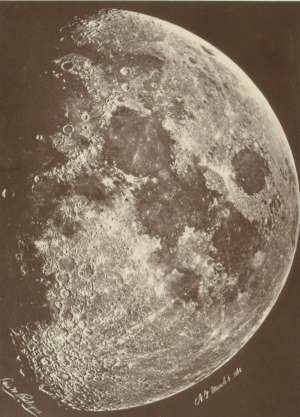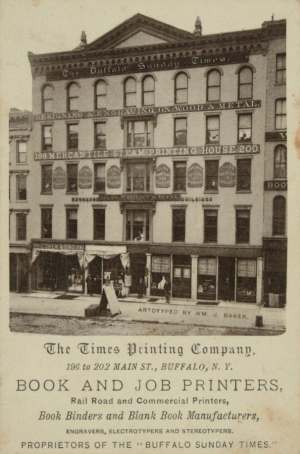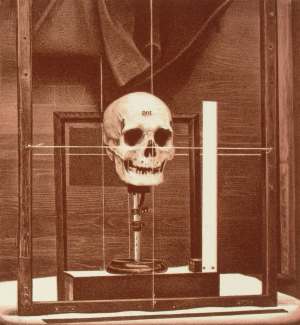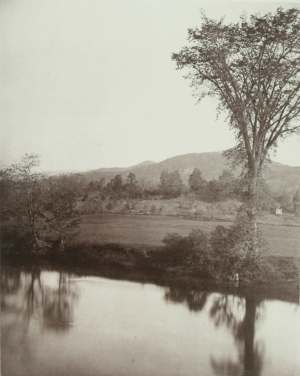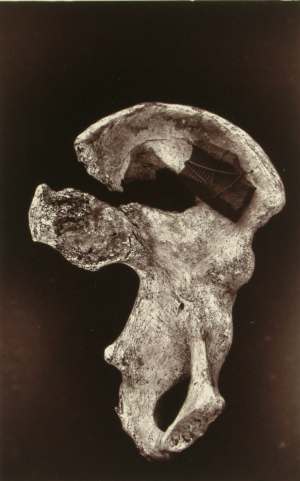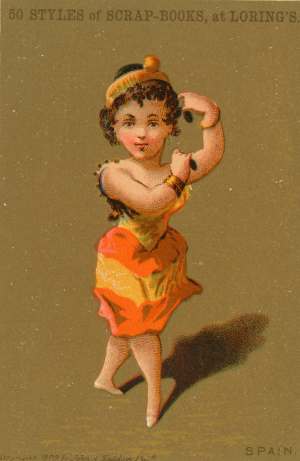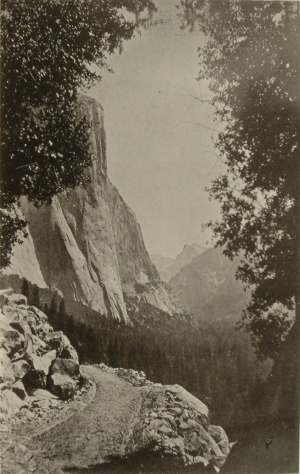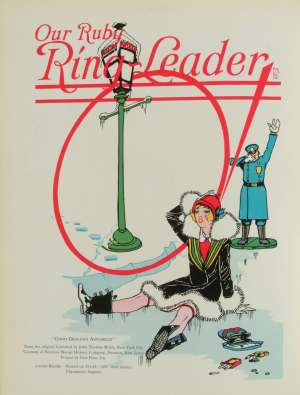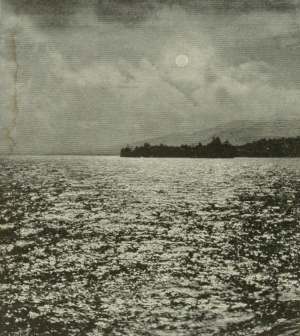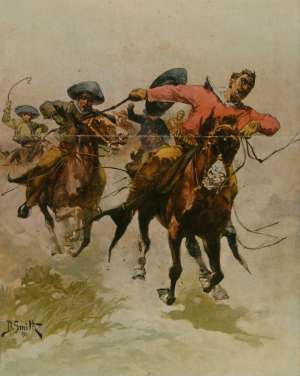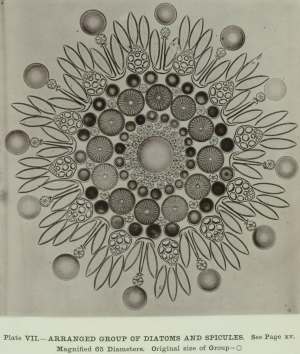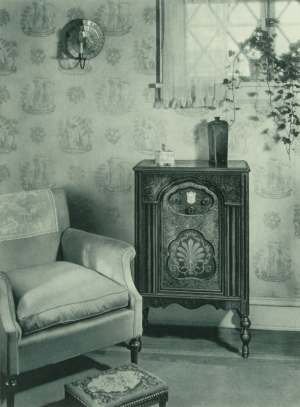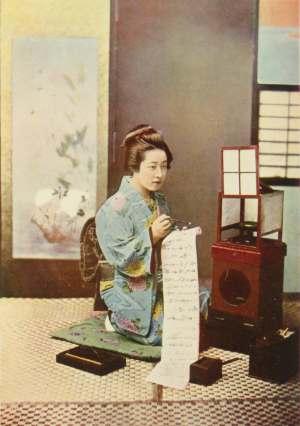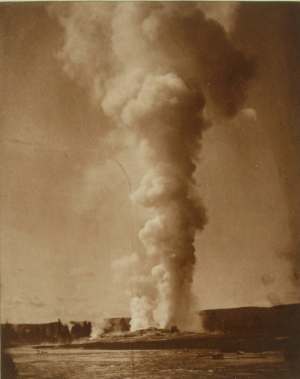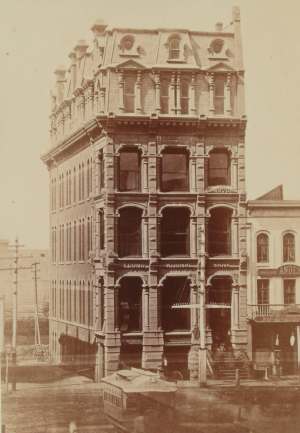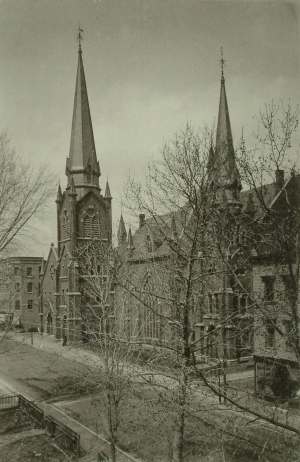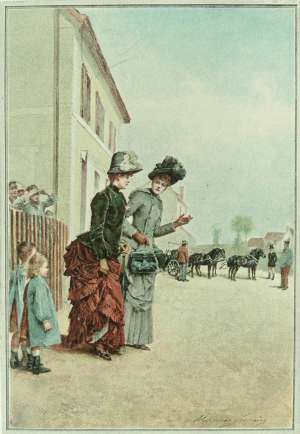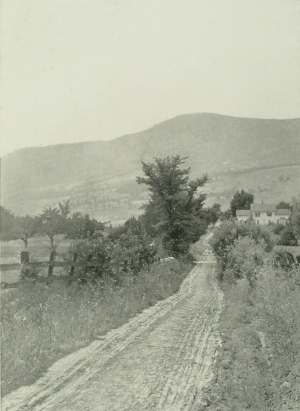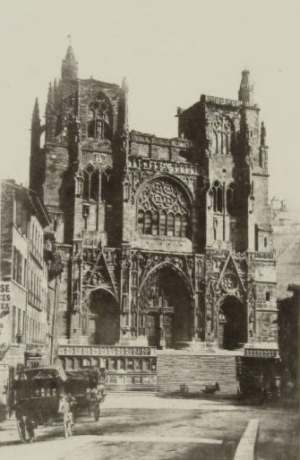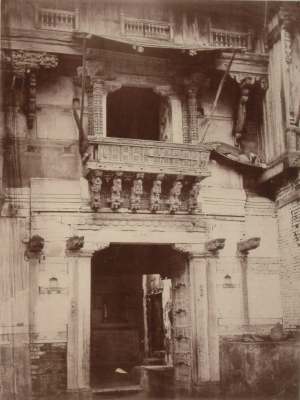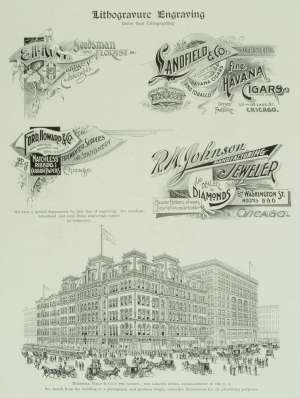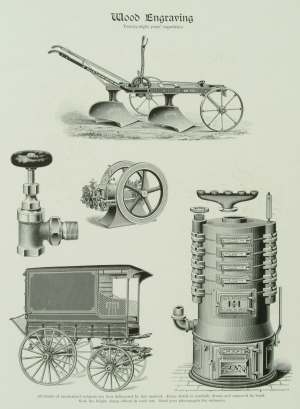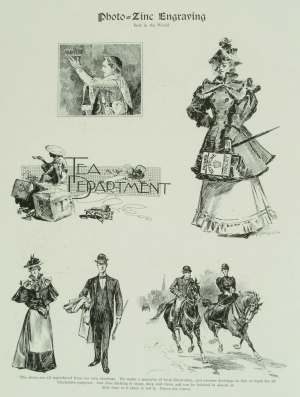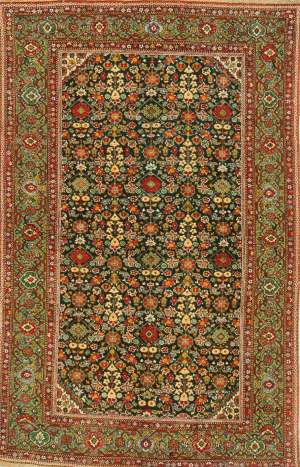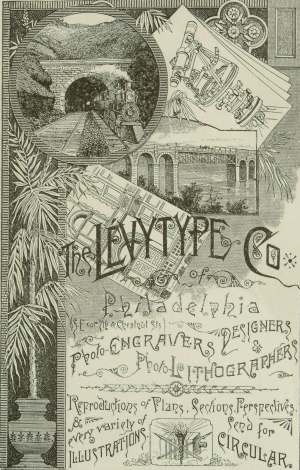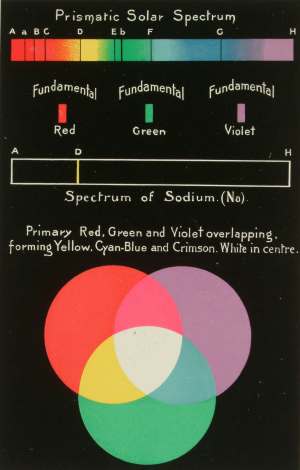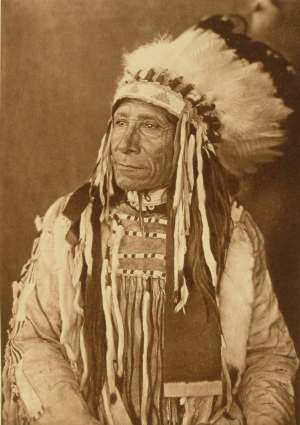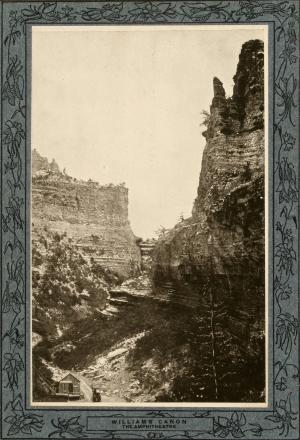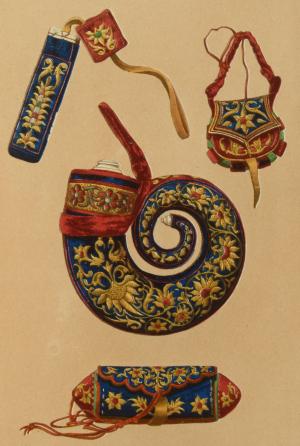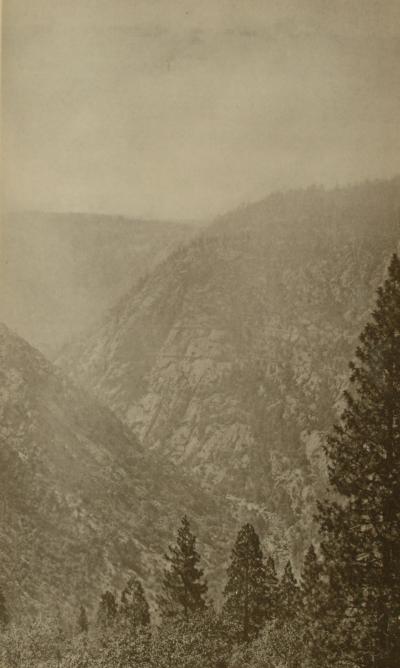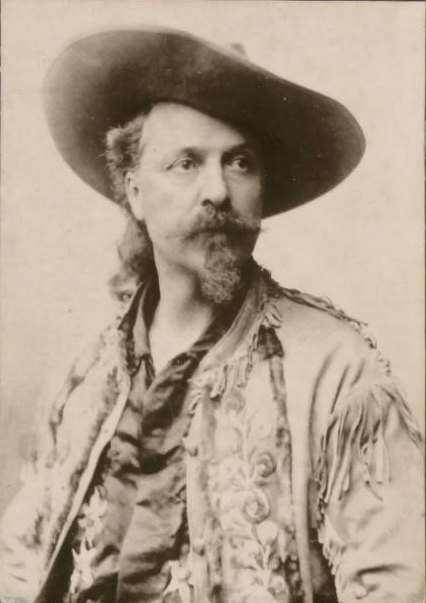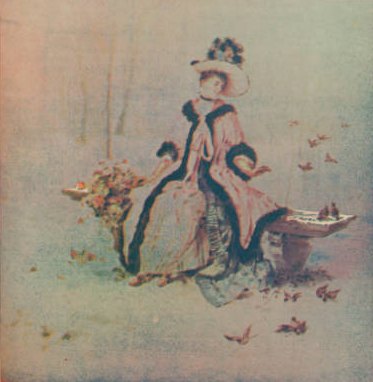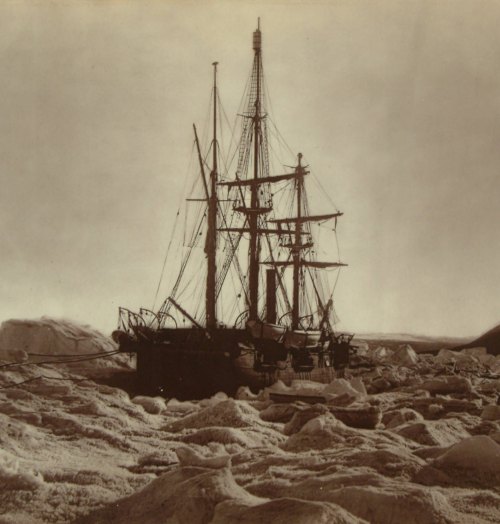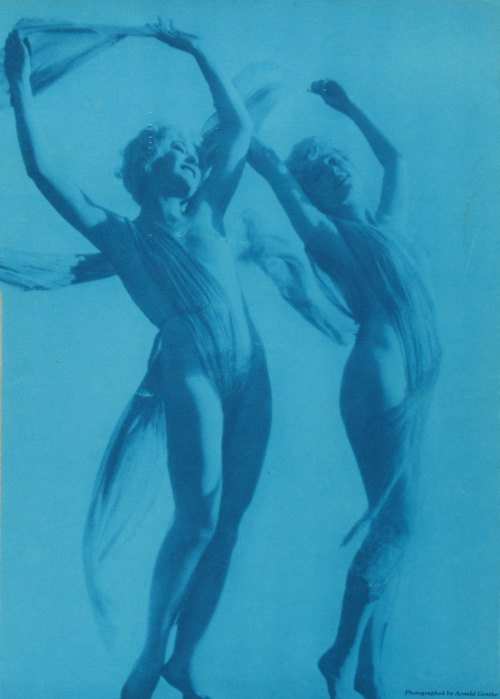David A. Hanson Collection of the History of Photomechanical Reproduction
The David A. Hanson Collection of the History of Photomechanical Reproduction represents the history of photomechanical printing, from the first heliographic etching in 1826 through the perfecting of three-color printing in the early 20th century. The collection focuses on all aspects of photographic images produced in printer's ink and includes examples of all the major printing methods: intaglio (photogravures, heliogravures, photogalvanography, photo-electric engraving, photoglyphic engraving, rotogravure), planotype (photolithography, Albertype, heliotype, artotype, phototype), and relief (half-tone, random dot, line screen half-tone, mezzotype).
Examples of images created by many different methods and techniques are represented here, as are images used for a fascinating range and variety of purposes and functions. The collection shows the history of how photomechanical reproduction came to illustrate every discipline of study and many areas of exploration and endeavor, from advertising to medicine to travel to industry and beyond.
All quotes below are by David A. Hanson.
THE PRINTING OF MONEY (1779)
The earliest example of photomechanical reproduction in the David A. Hanson collection is a sheet of four bills, uncut, printed in the United States in 1779. The verso has leaf prints against stretched gauze, produced by embedding leaves and gauze in a material and making stereotypes from them, a process invented by Benjamin Franklin.
PROCESS: HELIOGRAPHY (1825)
Joseph Nicéphore Niépce is often credited as the inventor of photography and was a pioneer in that field. Niépce developed heliography, a technique he used to create the print below. David A. Hanson describes this heliographic engraving print, the world's oldest surviving product of a photographic process, as "the most important extant photomechanical print," included in only 20 copies of the 50-copy edition by Blanquart-Evans in 1870.
PROCESS: PHOTOGENIC DRAWING (1839)
"1 facsimile of a photogenic drawing of ferns (done on the block) as a plate, printed in rust to imitate the photogenic drawing... The facsimile of the photogenic drawing done directly from an exposure on the block is the first photographic image published. The finished example is printed directly from the block in a reddish brown to match the color of Talbot's first salt print photograms."
CAPTURING A PLACE AND TIME (1845)
An early use of photomechanical reproduction, which has remained constant throughout its history, has been to beguile readers with images of famous places and sights. This is one of 25 steel engravings, for which deguerreotypes were used as references, of views in Paris.
MAGAZINE AND BOOK ILLUSTRATION (1856)
The 1856 article "On the Application of Photography to Printing" discusses the use of photography in John W. Draper's book Human Physiology, illustrating the article with images from the book. Harper's was the first publication company to use photographic copying and reproduction on a large scale in the United States.
TRAVEL: STEREOGRAPHY (ca. 1860)
A book of twelve stereo photolithographs of Scotland, each a base with two colors and varnish. This booklet is one of several issued by Appleton, with A. A. Turner as the photolithographer. The use of color, the varied tonal renditions, and the variety of subject mater make these sets of stereos "the finest examples of photolithography in America."
SCIENCE: THE STUDY OF ANATOMY AND MEDICINE (1866)
This heliographic engraving plate, with illustrations of cell structure and spinal cord, is the earliest published example in a book of von Egloffstein's half-tone process. It is the earliest known half-tone in a line screen process. The photographic plate is interesting because of the use of a crossline pattern unique to this book.
MANUFACTURING (1871?)
Woodburytype of a photograph of a locomotive by the America Photo-Relief Printing Company, in a publication that was one of a handful of publications created by John Carbutt. Carbutt was forced to close his Woodburytype business sometime around 1876 due to slow acceptance and enormous problems with the process in Philadelphia, where the climate was not suitable for it.
HISTORICAL EVENTS: The Great Fire of Boston (1872)
Twenty-four Albertypes were made from photographs of the Great Fire of 1872 in Boston, capturing the catastrophic damage done to buildings and infrastructure in a fire that lasted for 12 hours and consumed about 800 buildings on 65 acres in downtown Boston. Astonishingly, only 13 people died in the conflagration. This image comes from a publisher's dummy for a book that was never published.
EXPLORATION OF THE AMERICAN WEST (1874)
One of a selection of Albertype plates of photographs taken by William Henry Jackson, put together as an album of views of Yellowstone. The album was to be part IV of the Hayden Survey but the project burned in a fire at Bierstadt's in 1874 and this collection of plates is one of only three known copies.
EXPLORATION OF THE NORTH POLE (1878)
The six Woodburytype illustrations from photographs taken by F. Mitchell and George White, photographers to the expedition to the Polar Sea, were some of the earliest expedition photographs published and are remarkable images of the high Arctic.
ETHNOLOGY (1881)
Heliotype illustrations of Native American pueblos, from photographs taken by John K. Hillers and Timothy O'Sullivan, published in a work on North American ethology by Lewis H. Morgan, a pioneering American anthropologist and social theorist.
CRIMINAL JUSTICE SYSTEM (1886)
Probably the only photomechanical mug shot book published in the United States. The mug shots and accompanying biographies are a fascinating study of petty crime in nineteenth-century America, full of pickpockets, "bank sneaks," and con men. This image is a tableau of a suspect being held for his picture, though judging from the real mug shots the picture-taking was normally a much more peaceful process.
ADVERTISING (1890)
Japanese photographic trade cards from McLaughlin's Coffee, one card for each of 16 packages of coffee. "These half-tone images with additional tints mimic the colored Japanese albumen print. How many photographic trade cards are out there would be a study in itself."
BOOK ILLUSTRATION (1893)
"Possibly the most exquisite use of tissue photogravure in the United States." The title page and introduction have photo vignettes, and the eight pages with photographs of re-enactments of Mother Goose rhymes are hand lettered. The NY Photogravure Company produced the plates.
ASTRONOMY (1908)
One of seventy stunning "Heliogravure" photogravure plates of photographs of astronomical nebulae and star clusters taken between 1898 and 1900. Plates were done by the Photogravure and Color Company in New York for this publication by the Lick Observatory. Photographs were taken by Edward Keeler, Director of the Lick Observatory 1898-1900.
TRAVEL/HISTORY/EXPLORATION (1909)
For the half-tone illustrations from color photographs of Egypt, Berlin Professor of Photochemistry A. Miethe used a special camera, shooting three negatives through filters. "Miethe took his special camera that exposed successive images on a plate that dropped at the film plane as the three primary filters were placed in front automatically... The photographs are astounding and the book itself is a work of high art."
Explore the Collection
Explore digitized images from the collection
View/search the library catalog list of all titles
Explore a cornucopia of images from the collection posted to Pinterest
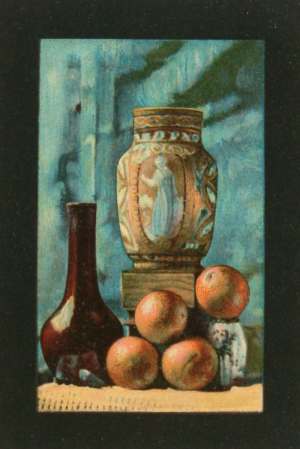
Screened photolithograph
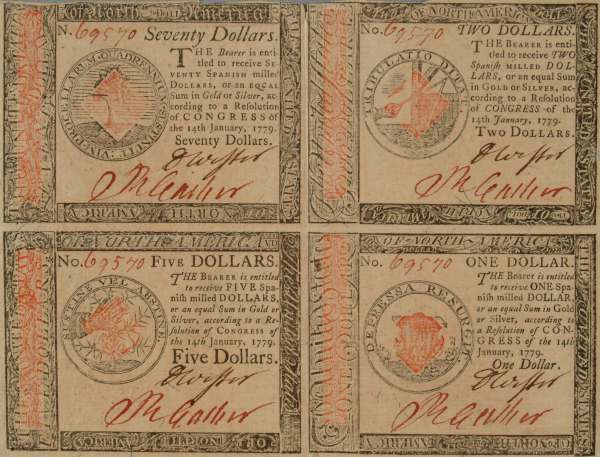
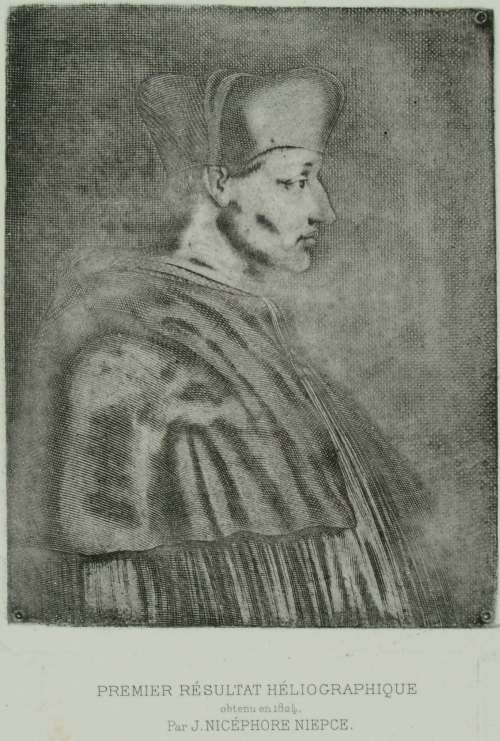
-jpg.jpg)
